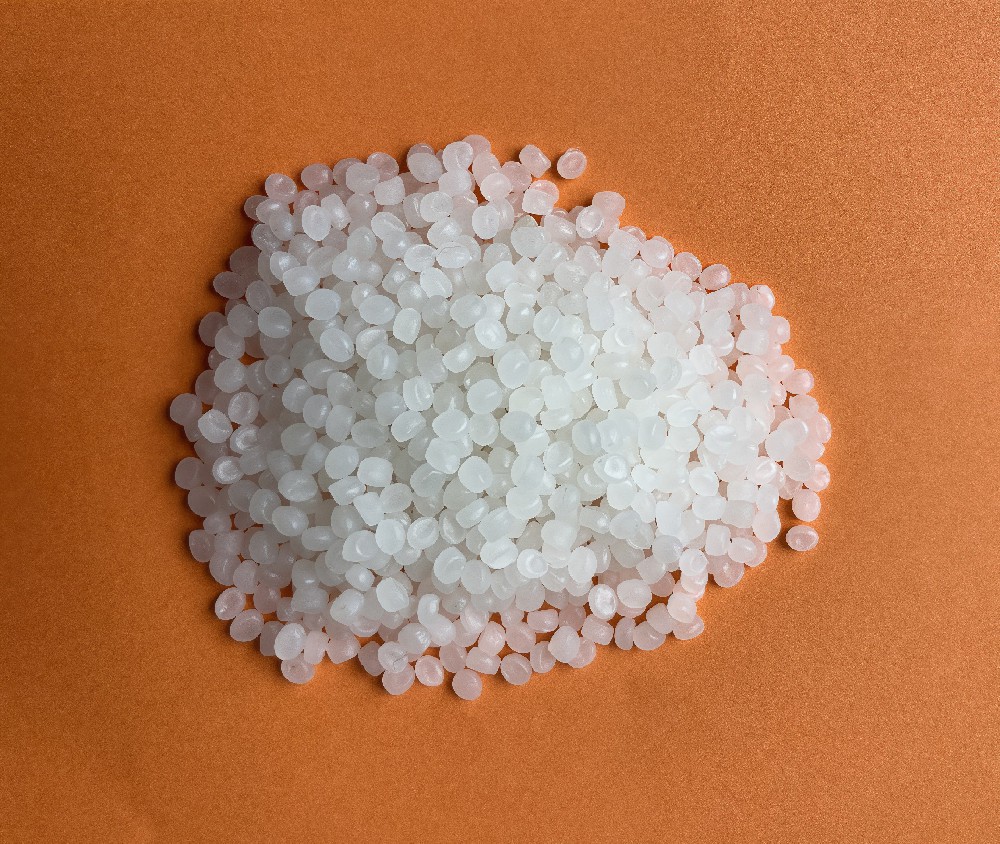Detailed Guide on the Application Techniques of Anti-Aging Masterbatches
Here’s the English translation of the content on the application techniques of anti-aging masterbatches:
I. Selecting the Right Masterbatch Type
1. Matrix Compatibility
Different plastics (e.g., PP, PE, ABS, PVC) have distinct aging mechanisms, requiring corresponding anti-aging masterbatches. Examples:
PP/PE often use hindered amine light stabilizers (HALS) combined with phenolic antioxidants.
PVC requires synergies between heat stabilizers and antioxidants.
Ensure compatibility between the masterbatch carrier resin and the base material (e.g., PE-based masterbatches are ideal for PE products).
2. Environment-Specific Design
Outdoor exposure (e.g., automotive parts, construction materials): Prioritize UV resistance.
High-temperature processing/use (e.g., food packaging films, hot pipes): Opt for heat-resistant antioxidants (e.g., phosphite esters).
II. Optimizing the Addition Ratio
1. Typical Dosage Range
Generally 1%–5%, adjusted based on masterbatch concentration, material sensitivity, and environment.
Overdosing may harm mechanical properties or increase costs; underdosing reduces effectiveness.
2. Gradient Testing
Conduct accelerated aging tests (xenon lamp, UV, thermal oxidation) to determine optimal ratios.
Example: Compare yellowness index and tensile strength retention for PP with 1%, 2%, and 3% masterbatch under UV aging.
III. Processing Control
1. Temperature Sensitivity
Some stabilizers (e.g., certain HALS) degrade at high temperatures; control processing temperatures.
For temperatures >250°C, use heat-resistant antioxidants (e.g., 1010/168 blends).
2. Uniform Dispersion
Ensure thorough mixing to avoid localized concentration variations.
Use twin-screw extruders or high-speed mixers with optimized screw configurations.
3. Avoiding Thermal Re-History
- Recycled or reprocessed materials may require additional masterbatch due to degraded stabilizers.

IV. Synergy with Other Additives
1. Compatibility with Pigments/Fillers
Carbon black may adsorb stabilizers; increase dosage or use surface-treated additives.
Inorganic fillers (e.g., CaCO₃) may accelerate thermal oxidation; adjust antioxidant ratios.
2. Composite Stabilization Systems
Combine antioxidants (primary + secondary) and light stabilizers (UV absorbers + HALS) for synergy.
Example: Phenolic antioxidants (e.g., BHT) with phosphite esters (e.g., 168) enhance thermal stability.
V. Storage and Pre-Treatment
1. Masterbatch Storage
Store in dry, dark, cool conditions (some masterbatches absorb moisture and clump).
2. Material Drying
Pre-dry hygroscopic materials (e.g., PET, PA) to prevent hydrolysis.
VI. Practical Case Studies
Case 1: Outdoor PP Woven Bags
Issue: UV-induced brittleness after 6 months.
Solution: 3% HALS + UV absorber masterbatch extended lifespan to >2 years.
Case 2: PE Agricultural Films
Issue: Summer heat caused oxidative degradation.
Solution: 2% heat-resistant antioxidant masterbatch (1010/168 blend) with film processing ≤200°C.
VII. Key Considerations
1. Regulatory Compliance
For food/medical applications, use FDA/EU 10/2011-compliant additives.
2. Cost-Benefit Balance
High-performance stabilizers (e.g., 944, 622) are costly; optimize cost-effectiveness.
3. Testing Validation
Simulate real-world conditions (e.g., QUV accelerated aging, outdoor exposure).
By scientifically selecting masterbatches, optimizing processes, and rigorous testing, anti-aging masterbatches significantly enhance plastic durability in automotive, packaging, construction, agriculture, and more. Collaborate closely with suppliers for tailored solutions.
Let me know if you need further refinements!
 微信扫码 关注我们
微信扫码 关注我们

24小时咨询热线13561588568

移动电话18769608281